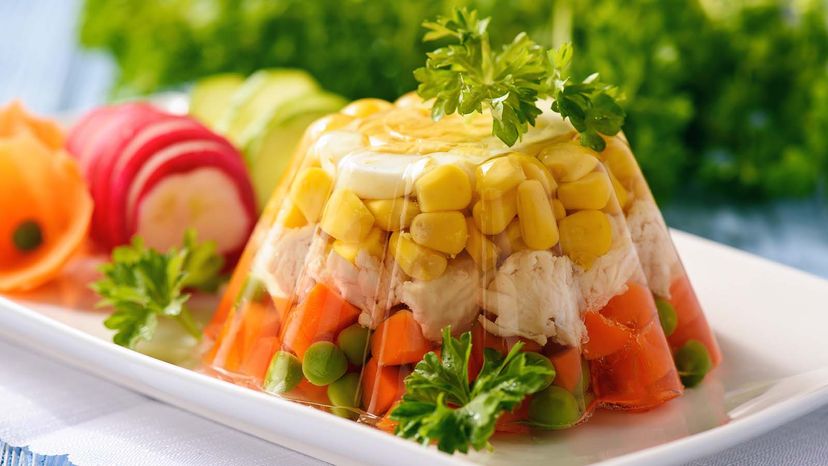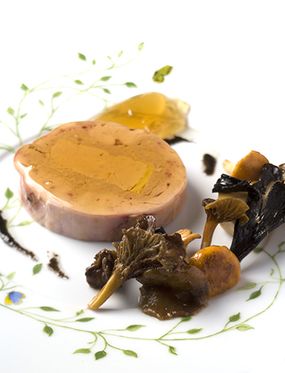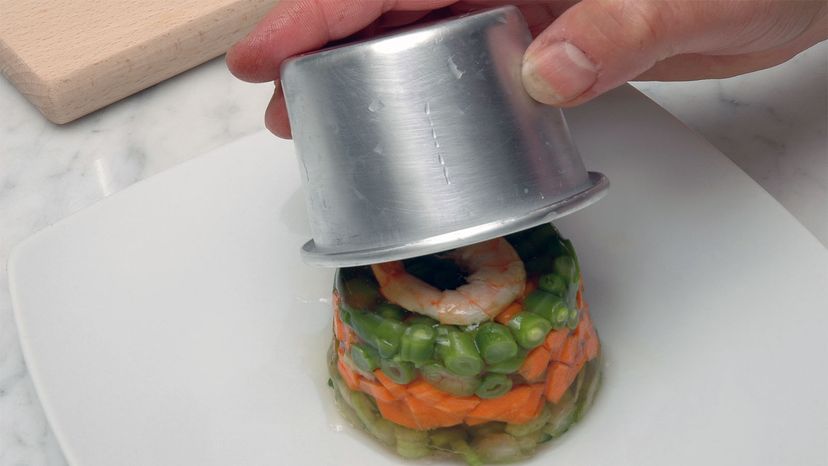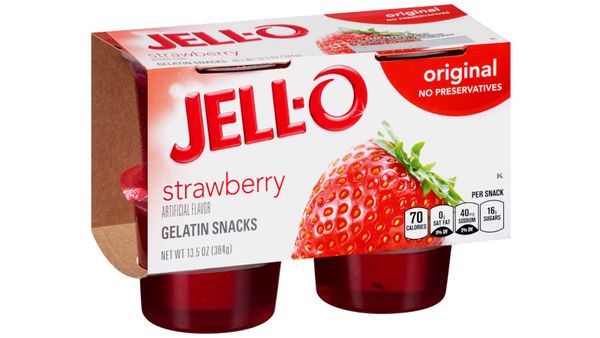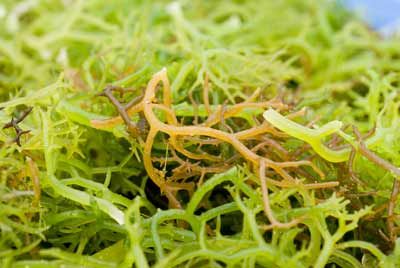In the past, even deer antlers were shaved down to make hartshorn gelatin, and the swim bladders of sturgeon were used to make isinglass, both of which were nearly instant, Albala explains. Other similar iterations to aspic include carrageenan made from seaweed, as well as agar agar, which is a plant-based alternative to gelatin used throughout Asia to make gelatinous desserts.
"Obviously aspic has spurred passionate defense over the course of culinary history — gelatin, as a whole, has gone through a lot of permutations, if you look back to old copper molds," Selinger says. "In the 1970s, there was this resurgence of setting things in aspic and this confluence of savory and sweet types of aspic."
Albala had similar thoughts about the waves of popularity for this dish over time. For example, colored and layered gelatin was very popular during the Middle Ages, then there was a relative lull until the late 18th and early 19th centuries and then another lull. There was yet another boom in the mid-20th century, especially with instant gelatin.
"As often happens, the fashion started at the top socially and was imitated by those below, until it went completely out of fashion in fine dining, which is where we are now. I do predict in my [forthcoming] book that it will come back again," Albala says.
Aspic differs around the world, both in taste and popularity. It's still pretty common in Eastern Europe and Germany, especially cold meat aspic and headcheese, though Albala says it's not very prevalent in Western Europe or North America anymore "except of course in home cooking and for intrepid cooks on the borders who like doing strange things."
Selinger says she thinks there is a certain appeal to aspic that has more to do with a "retro enthusiasm" and how it looks, not how it tastes, because aspic can taste like whatever you want it to.
